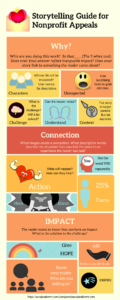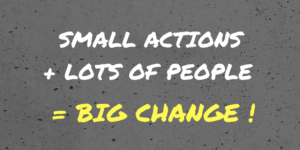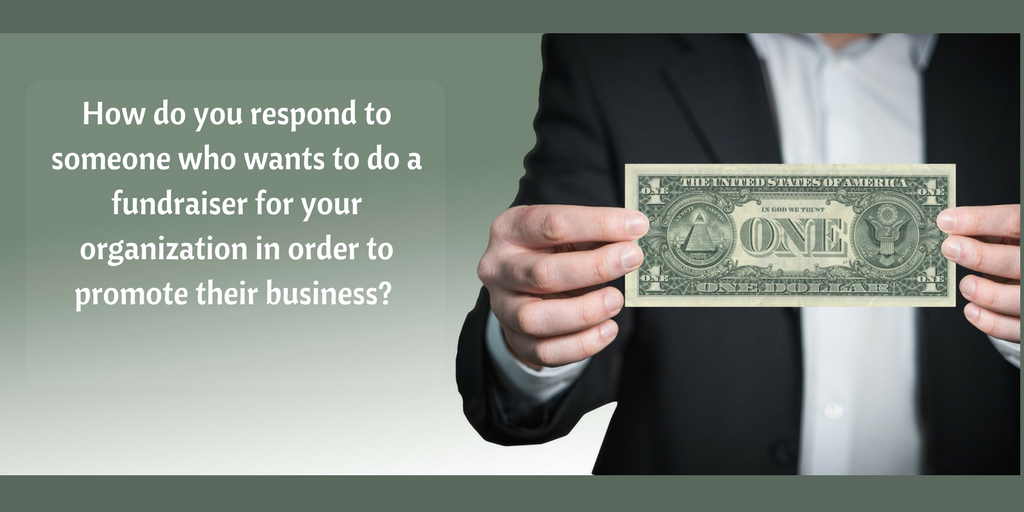
Negative self-talk – stop the habit.
All of us are subject to negative self-talk in the form of an inner critic. And that inner critic can talk faster than we can externally: 1300 words to our 200 words. Some of our self-talk is about things outside us. For example, when we find our lost keys, we might say to ourselves, “There they are.” But another part of our inner dialogue is about ourselves. For example, when we can’t find the keys, we might say something like, “You idiot; you’re always losing things.”
Self-talk is a habitual way of responding to our experience and unfortunately, it often takes the form of an inner critic who is very negative and pessimistic. For example, if you feel like you’re not getting the contract, the promotion, or the new job, your inner voice might say something like, “You’ll never get anywhere. You don’t know what you’re doing. Every time you try something, you fail.” Or, you assume someone else’s behavior or actions are about you and have a negative meaning. For example, if someone you know doesn’t greet you at the store, your inner voice asks, “Why did I do? They are rude.” Or, “they don’t like me. I just can’t win.”
Negative thoughts make you feel anxious, sad or hopeless. These feelings, in turn, make it difficult to act constructively. And preoccupation with your negative emotions may even intensify them and trigger more negative thinking.
How our negative self-talk triggers our behavior
There are three ways our negative self-talk manifest in behavior:
- Overgeneralization or Catastrophizing
Drawing a broad conclusion based on a single incident or insufficient evidence. - Jumping to Conclusions (Mind Reading)
Assuming we know what others are thinking and feeling. - Shoulds
Using inflexible rules about how we or others should act. We feel guilty when we violate these rules.
Confronting negative self-talk patterns
In order to confront our negative self-talk, we need to take some steps.
Creating Distance
We can start by creating a bit of distance from them in order to recognize when and where we are having them. This means some self-reflection is necessary, and it can be done through journaling about your day and noticing your most extreme moments that you notice. Pay special attention to when you are exhausted or feeling depressed about your day because the self-talk at those points is a clue to your habitual thoughts. In creating distance, you can ask yourself whether you’re seeing things in a balanced way of both positive and negative experiences in our lives.
Testing reality of the self-talk
The next step is to begin to test the reality of the thoughts. In order to test whether your automatic thoughts are valid, ask yourself what is the evidence for and against your thoughts. Try writing down the evidence, both pro and con, to help you gain some distance from your thoughts as you become curious about whether things are as bleak as you think. For example, if your thought is “Things are always a mess in my life” you might list on the pro side the times when things were going smoothly and successfully.
Seeing alternative options, or “coming back to reality”
If you worked through the first 2 steps, you will arrive at an alternative interpretation of your experience (if you refuted the thought) or a more balanced thought that summarizes the valid points for and against (if the evidence was mixed).
By being curious about our self-talk, rather than refuting or indulging it, we can learn to see our situation in an accurate, yet hopeful, manner, and move our habits of thought toward more realistic reality. From there we can begin to practice positive self-talk.
You have the power to change negative self-talk. Take a month-long journey to reprogramming your mind with tips delivered to you daily, and change your self-talk from negative to positive. Please sign up today and take back your mind.

 Overwhelmed and Overcommitted?
Overwhelmed and Overcommitted? and open office hours. Set a limit for yourself to answer emails and voicemails, and interact on social media, to two main times per day. Check once in the morning, and once in the early afternoon, with a short check-in for urgent items at the end of the day.
and open office hours. Set a limit for yourself to answer emails and voicemails, and interact on social media, to two main times per day. Check once in the morning, and once in the early afternoon, with a short check-in for urgent items at the end of the day.


 What is “uncommon” or counterintuitive about your work?
What is “uncommon” or counterintuitive about your work?



 If you haven’t started your Annual Appeal planning by now, you’re already behind.
If you haven’t started your Annual Appeal planning by now, you’re already behind.





